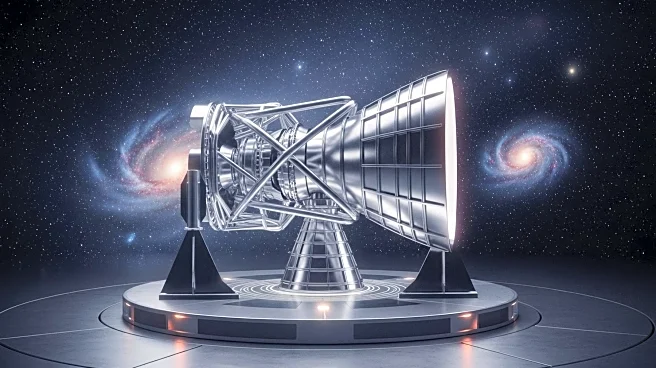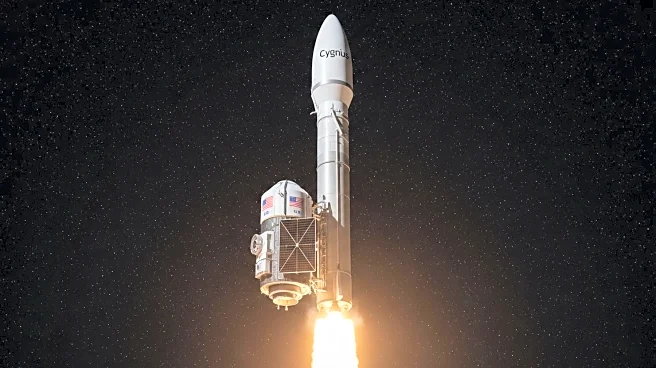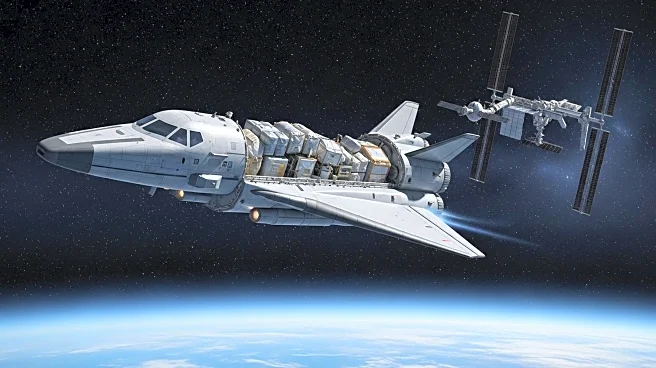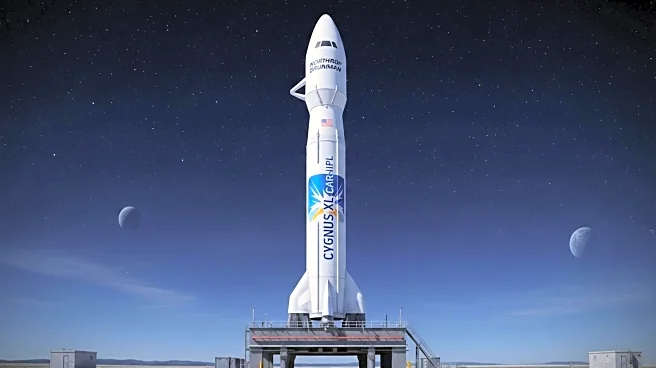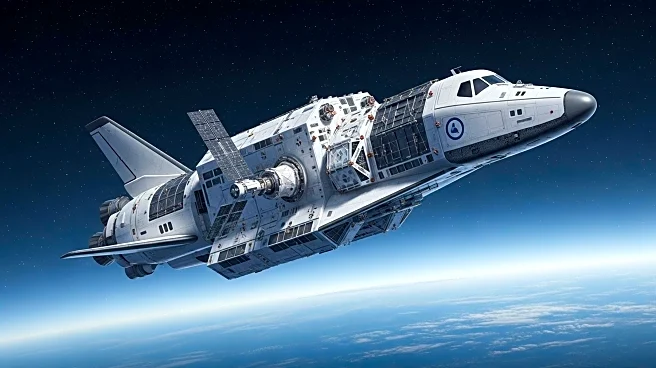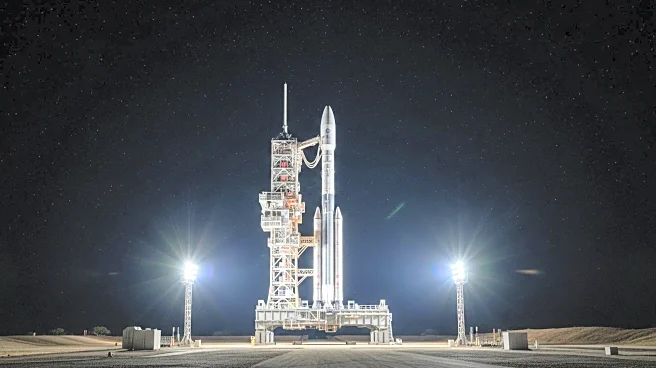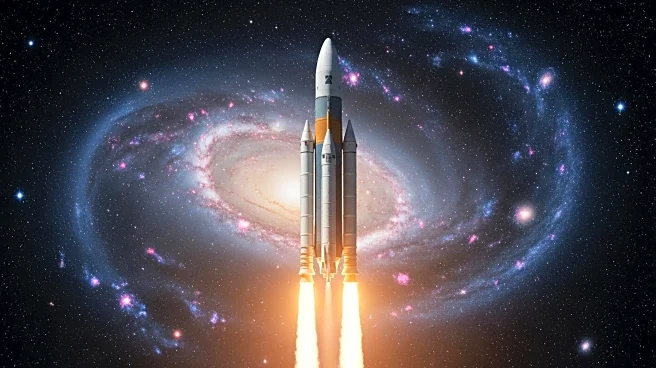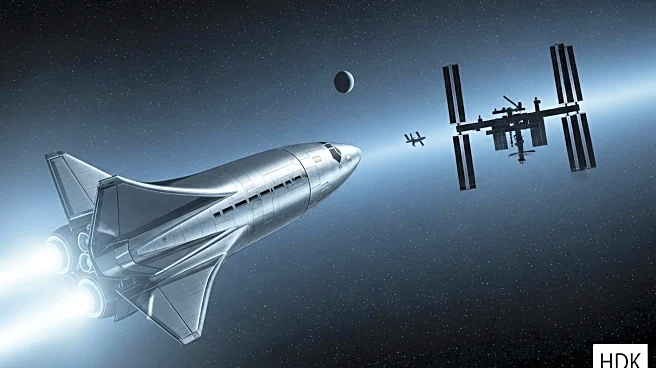What's Happening?
Northrop Grumman has successfully launched its new Cygnus XL cargo spacecraft, marking its debut flight on September 14, 2025. The spacecraft, launched aboard a SpaceX Falcon 9 rocket, is an upgraded version of the Cygnus vehicle, featuring a longer design and increased cargo capacity. The Cygnus XL can carry approximately 33% more cargo than its predecessors, delivering over 11,000 pounds of supplies to the International Space Station (ISS). This makes it one of the heaviest loads ever carried by a commercial cargo ship to the ISS. The spacecraft's design includes an extended cargo module and retains Northrop's circular solar arrays and onboard propulsion, allowing it to perform ISS reboosts.
Why It's Important?
The introduction of the Cygnus XL spacecraft is a significant development in NASA's Commercial Resupply Services, enhancing the agency's ability to maintain and support the ISS. The increased cargo capacity of the Cygnus XL reduces the number of flights needed, improving resupply efficiency and potentially lowering costs. This development also intensifies competition in the commercial spaceflight sector, as Northrop Grumman joins SpaceX and other companies in providing critical services to NASA. The Cygnus XL's capabilities could also support future missions beyond the ISS, contributing to the broader goals of space exploration and commercialization.
What's Next?
With the successful debut of the Cygnus XL, Northrop Grumman is expected to continue its role in NASA's resupply missions, potentially expanding its services to other commercial space stations in the future. The company is also working on developing the Antares 330 rocket, which will further enhance its launch capabilities. As competition in the commercial spaceflight industry grows, Northrop Grumman may explore additional partnerships and innovations to maintain its competitive edge.


